We have always strived for customization, consistency, and simplicity. Over the years, we have delved into a multitude of products and strategies to find what is best for our clients. Through those products, we’ve experienced capital gains distributions from mutual funds, large tracking-error from active management, and zero-alpha from purely passive vehicles. Despite those hurdles, and regardless of vehicle, our risk management philosophy and mean-reversion strategy of targeting longer trends in the market prevailed.
With the advent of factor-based ETFs, we recognized we could better capture our factor strategy by combining minimum volatility, value, and momentum. What were once three separate positions became one by utilizing an ETF vehicle, thereby virtually eliminating capital gain issues when we needed to sell one factor for another. Enter the Adaptive Wealth Strategies U.S. Factor Index.
Read more about our index construction:









